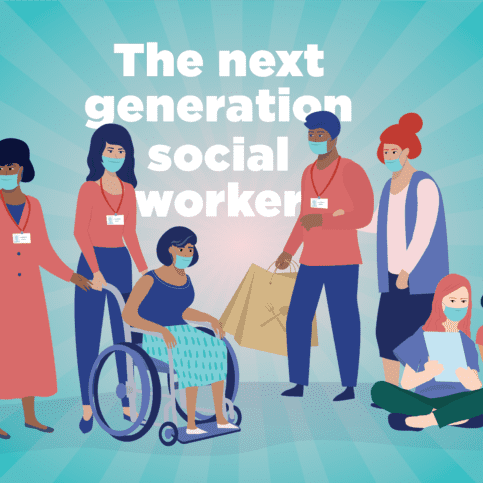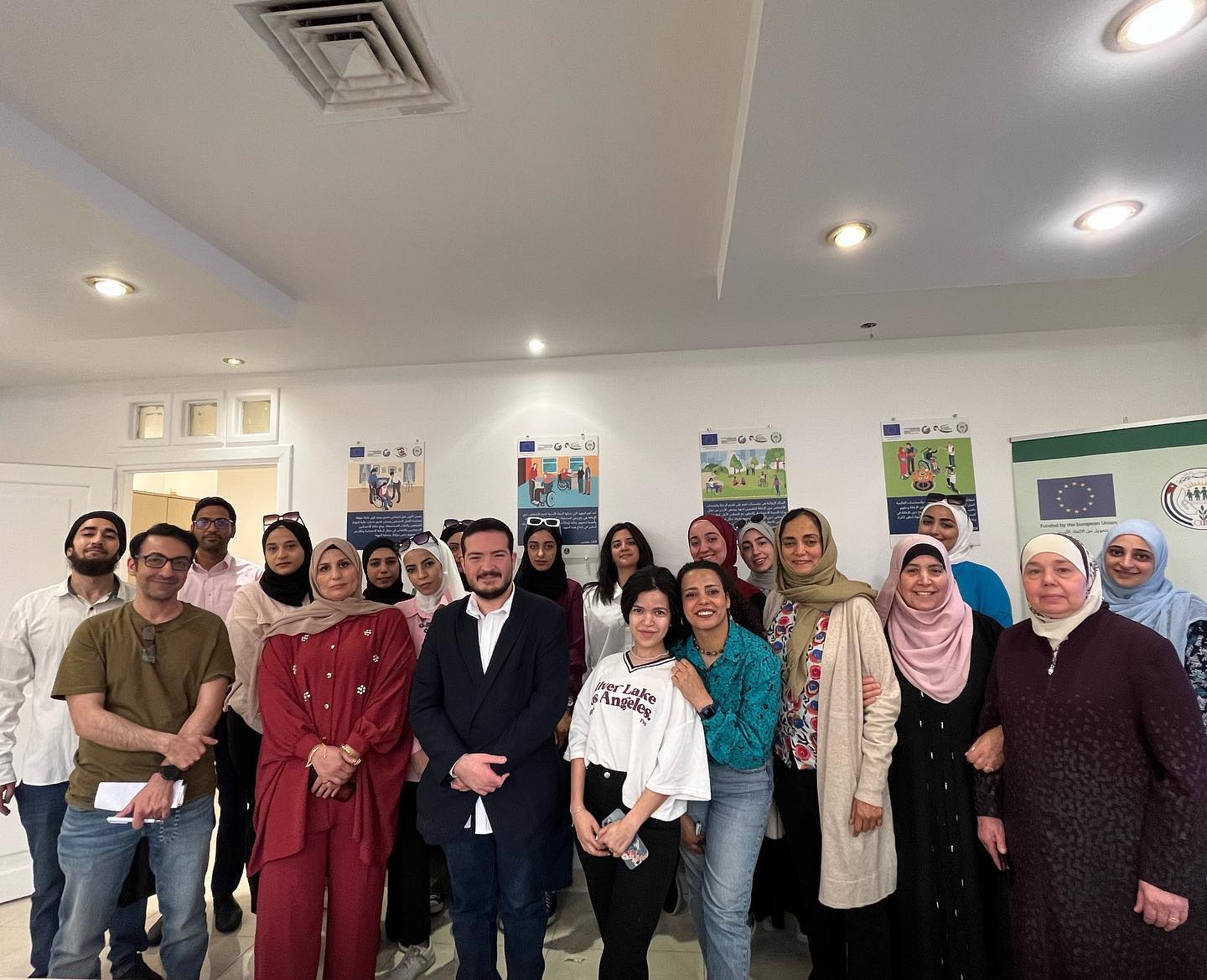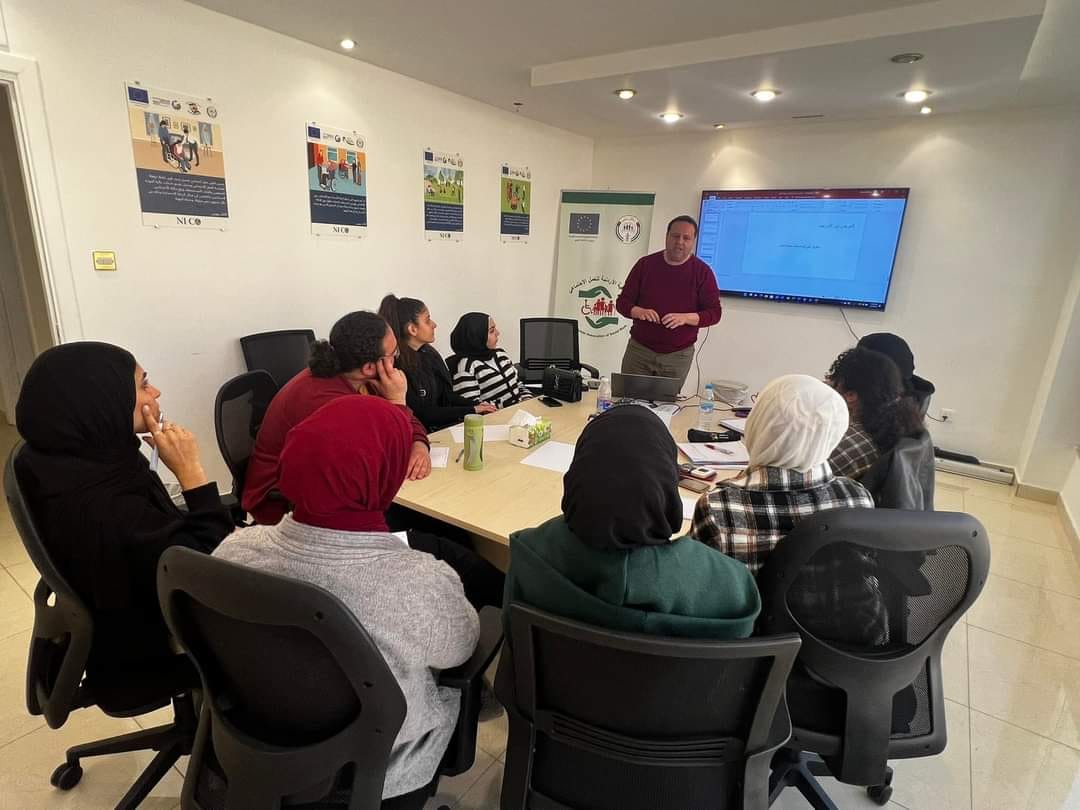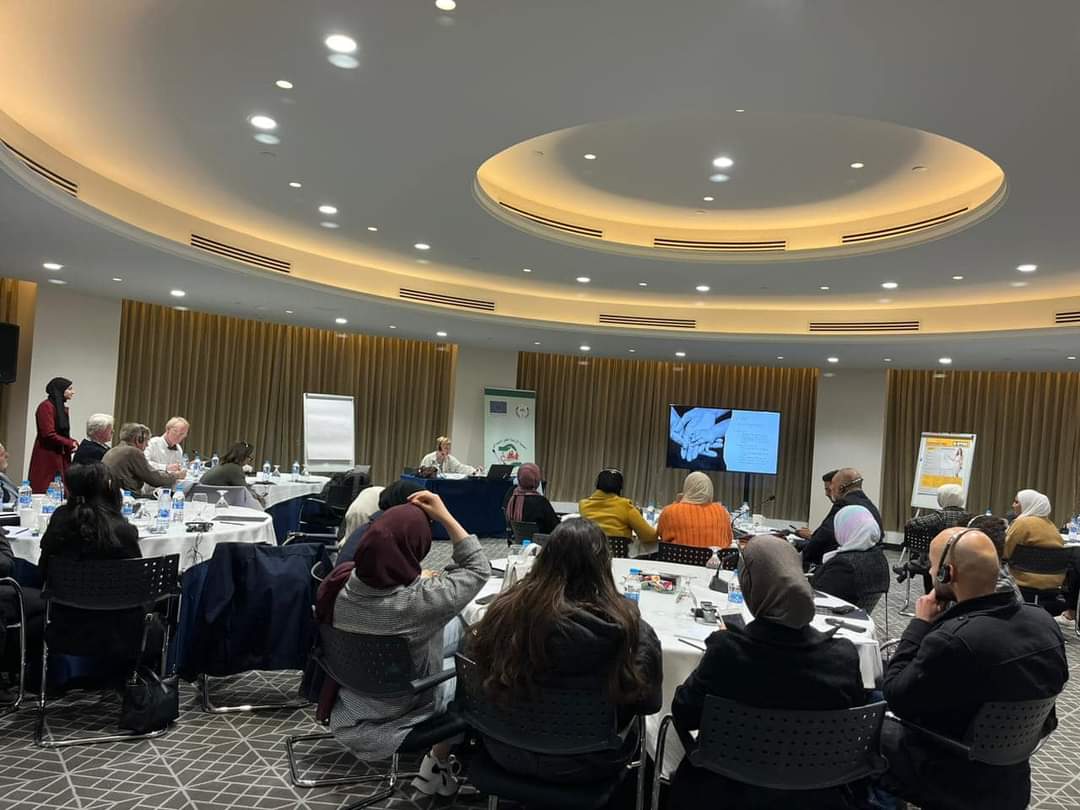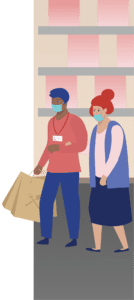
In times of critical need—and now more than ever before—social workers remain present, finding creative ways to positively impact their communities.
Social workers are connection builders—with resources, with agencies, and with clients. In the midst of the pandemic, they’ve helped families find affordable funeral services, delivered food to K-12 students who rely on school lunches, and provided masks and other necessities to clients in need. Add to that a steep learning curve of how to best use technology to connect to clients, and in turn teaching their clients how to use it themselves. It’s been a time of transcendence of their roles and responsibilities.
The COVID-19 crisis has touched every single person and left us grappling for ways to cope. But front-line workers haven’t had the luxury of processing it. They’ve had to continue on out of necessity. Social workers, in particular, have been forced to evolve faster than others.
In a survey from the International Federation of Social Workers on the ethical challenges faced during the pandemic, social workers from around the world detailed new hardships. They included concerns about client privacy while working from home, to the need to prioritize those at risk over those in need, to the challenges of communicating through PPE, especially when making assessments related to a client’s well-being.
Despite these challenges, social workers are still showing up and holding space for others. They are a lifeline. A tether. A light. Showing that someone is there alongside you. It’s a role they’ve always had, but one that is especially fraught now. How can we best prepare them to continue doing the work when the work keeps changing? And how can the field change to meet this current moment while also anticipating the landscape of the future?
A bridge to services
With hundreds of thousands of American deaths from COVID-19, nearly 2 million across the country are grieving. But even in mass grief, life goes on.
“You can be grieving, yet you still have to show up for other people. That happened with me during 9/11,” says Camille Huggins, Ph.D., core faculty in the Master of Social Work program at Pacific Oaks College and a licensed clinical social worker. “I worked for the American Red Cross in New York City at the time. I thought the world was going to end, but they called me and said I had to go to work. I had to show up. I thought, ‘I can’t be terrorized like everybody else?’ That happens a lot more than we want to admit. You are experiencing not only vicarious trauma, but direct trauma.”
Knowing that social workers on the front lines are experiencing these two types of trauma, Dr. Huggins along with Cassandra Peel, Ph.D., program director and administrative faculty for the Master of Social Work program at Pacific Oaks College, have given talks together on grief over the past several months.
“Social workers have always known that social services are under-resourced and that public health threats are real. But we also need emotional healing from the trauma. We’re not living a normal life right now, and that has implications. This is like living in wartime,” Dr. Peel says.
For social workers and others, such as counselors, who work with clients so intimately, relating and empathizing is key but so is showing strength and objectivity. Social workers have to carry on—putting survival over any personal grief or strife.
The idea of shifting how you continue to work through a major crisis has stayed with Dr. Huggins for years. She cites a poignant example from her Red Cross work during 9/11.
“After a whole week of going into the Red Cross, I had to go back to work at a shelter. I didn’t get time to process anything, and a client was rude to me. I was standing at her door, and she just slammed it in my face. I started knocking on it really hard, saying, ‘Don’t you ever slam the door on me!’” Dr. Huggins says. “That’s when I knew how stressed I was. I had just come from dealing with the fact that 3,000 people were dead, running around at the American Red Cross, doing trauma disaster work. And then I then transitioned back to the shelter, where you need to be patient and nonjudgmental. And I wasn’t being calm—I was showing up as I was, not processing how I was feeling.”
Unifying events like 9/11 and COVID-19 lead to periods of universal stress—on top of the daily stressors most of us go through.
“A lot of us are very preoccupied—more than usual,” Dr. Huggins says. “Something I try to teach social workers is that you can’t suppress your feelings. You have to be able to process to enter a different head space, to let go of this so you can go and do something else.”
During COVID-19, this rings especially true. Parents have become teachers, teachers have become de facto social workers, and social workers are filling in any role that their clients need.
Carmen Gil has seen this firsthand. She began the Master of Social Work program at Pacific Oaks as a member of its inaugural cohort in the fall of 2020. She is a full-time home visitor at Rebekah’s Children’s Services, where she is also doing her internship, and has continued working through the pandemic.
“This generation of social workers is different because we’re all living through unprecedented changes. Now it’s not only that I’m helping others, but at the same time, I’m related to the challenges that they’re facing too,” Gil says. “More than ever, I am mindful that I have to take care of myself. In order for me to be able to provide the best services to my clients, I need to make sure that I take care of myself first—and show them that I’m providing them techniques that they can use too going forward, such as meditation, exercise, proper sleep, and self-care.”
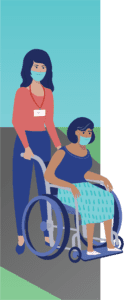
Gil has been tasked with addressing additional issues that COVID-19 has brought on for her clients. Working mostly with immigrants and families from low-income neighborhoods, she has often served as a bridge, making sure they get online and get the resources they need. She recalls one experience in which she drove to a school to pick up key documents needed to connect a child with speech and behavioral services, dropped them off at the child’s house for the mother to sign, called the mother and walked her through the entire document, and then picked up the documents to deliver back to the school—all because the client didn’t have access to transportation or the internet.
The immediacy of these needs and the speed in which social workers need to provide for their clients doesn’t mask that much of these concerns occur in the first place because of larger societal issues. Social workers have been tasked with finding resources that don’t quite exist yet. On an already full plate, they amplify and advocate on behalf of their clients for change.
“A lot of people don’t know what we see. A lot of people don’t know how deeply we go,” Gil says. “The more we raise our voices about the struggles that we see from our families, the more changes we can implement into our policies and laws.”
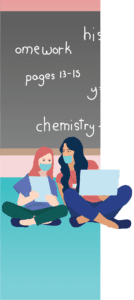
Preparing future social workers
Social work is evolving in the moment—and for the future. Pacific Oaks’ Master of Social Work program is primed to help prepare students for the future and build a better one for their clients. COVID-19 has exposed how essential social work is to helping communities function, but it has also exposed huge fissures in our social support systems in the U.S.
“We’ve always known that the problems were there. Public infrastructure isn’t set up for success. But we want to be part of the solution,” Dr. Peel says. “We’re not wired to just sit around. Social work is an action-based profession. If you have energy and you want to help people and communities, welcome to social work.”
The MSW program at Pacific Oaks helps students harness that energy to create change both from societal and individualistic levels.
“Social workers will need to be advanced generalists in the future, which means that we need to prepare students to practice social work from multiple lenses: the micro lens, or individual lens; the clinical lens, which is counseling, including therapy to psychotherapy; to the mezzo level, which includes facilitating groups and helping people heal as a collective,” Dr. Peel explains. “Then you have your macro, which is your large systemic policy. They want to help with policy, big problems, nonprofits, and look at more of the larger scale of how society becomes impacted. How are you going to help the most people at once?”
It’s about changing the way social work is taught and practiced too. The biggest shift has been the transformation of technology from an ancillary to primary tool.

Dr. Huggins recalls the days of lugging around yellow pages and a bunch of resources in order to support her clients. Despite how readily available most information is now on smartphones and the internet, the social work profession was still behind on some basic areas of technology prior to COVID-19, making for an abrupt and rapid ascent.
“When I went to the Council of Social Work Education conference in 2019, they were still trying to figure out how education can use technology better. We weren’t there yet. And then COVID-19 hit, and all of a sudden they had to move everyone to telepractice,” Dr. Huggins says. “Now that use of technology has been more difficult. How can I have an honest engagement? How can we be more genuine? One of our major mandates as social workers is to develop rapport and trust with a client. The shift in how to communicate with the clients has been one of the biggest areas of focus.”


